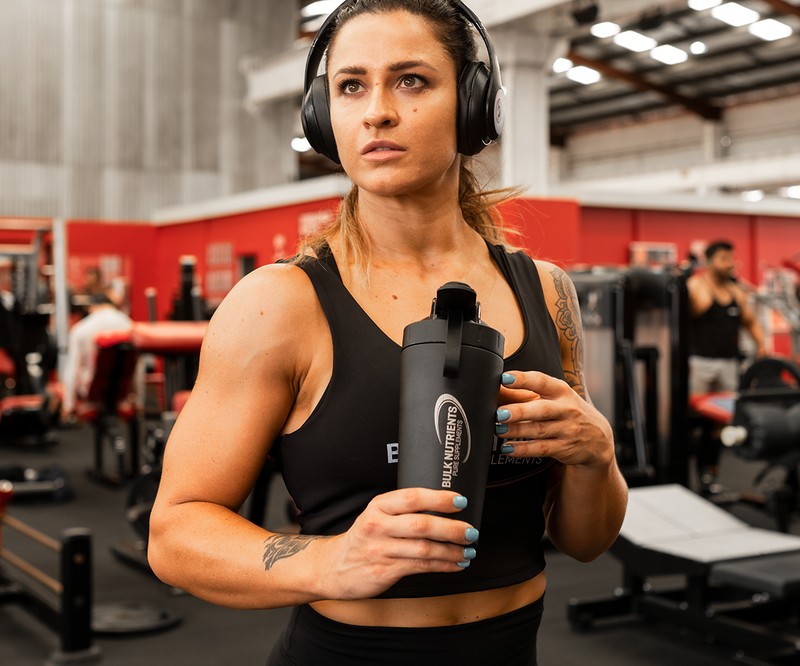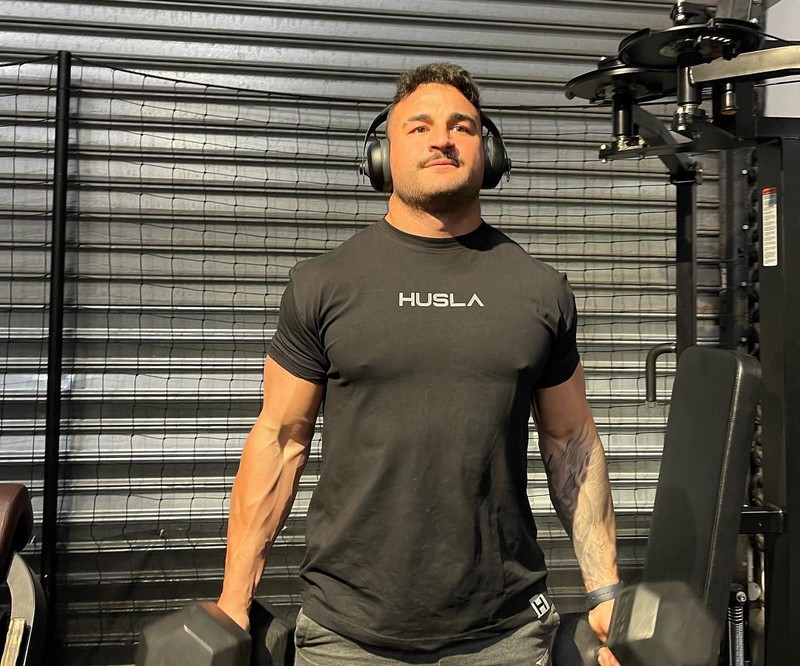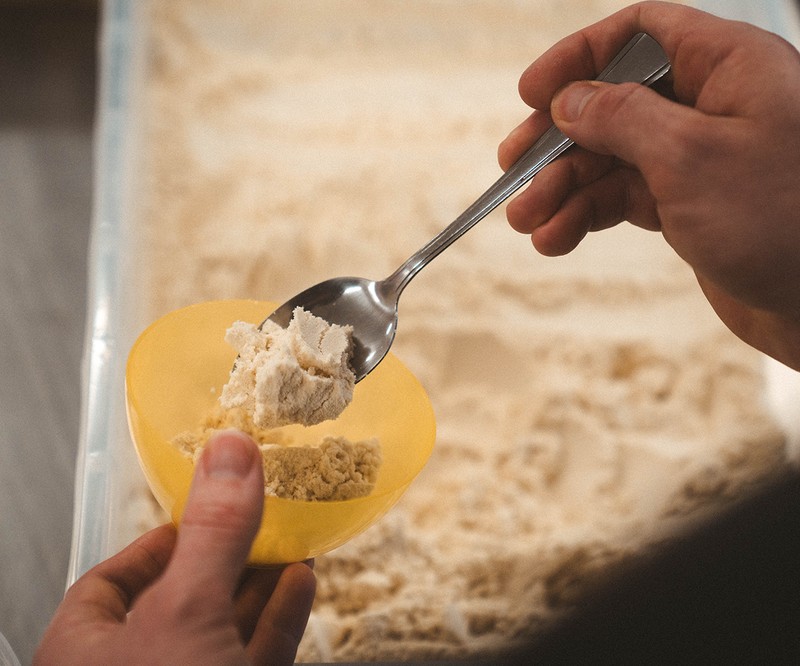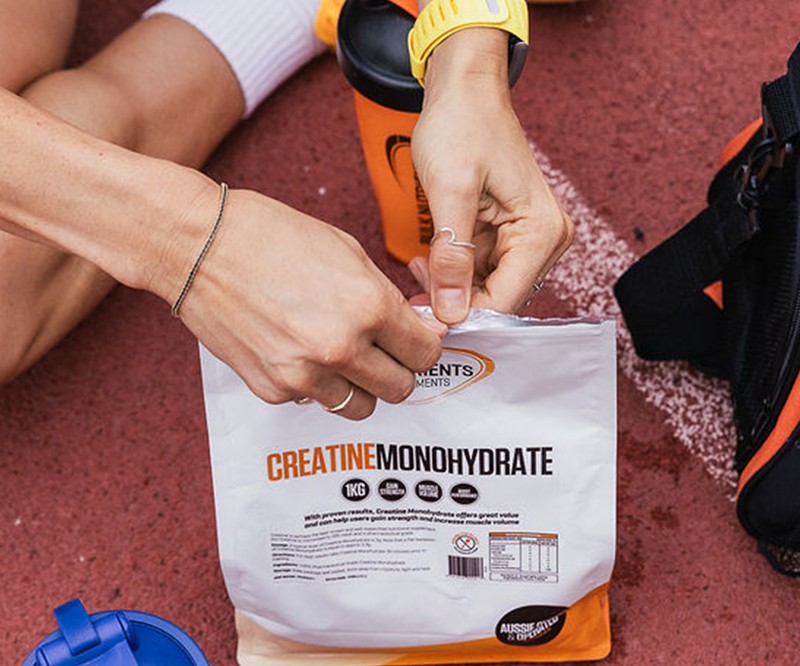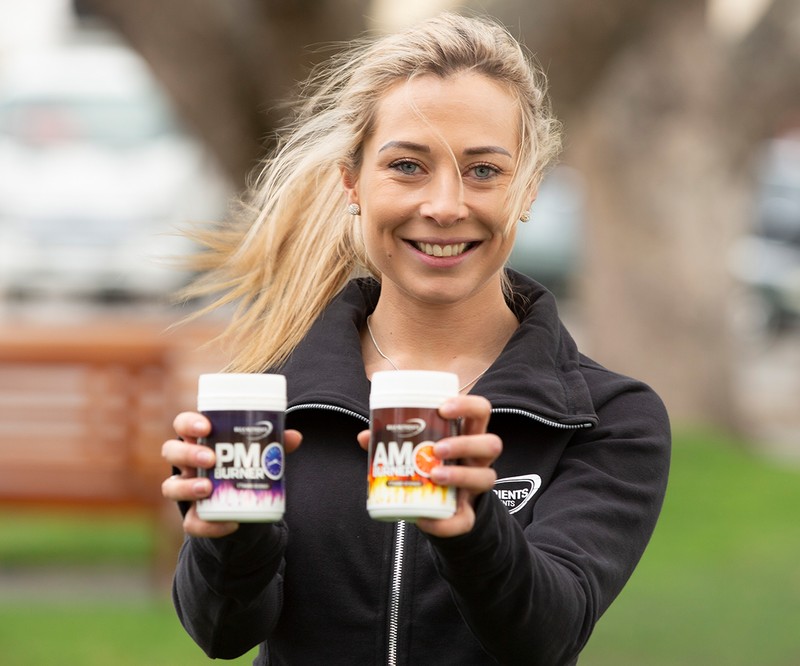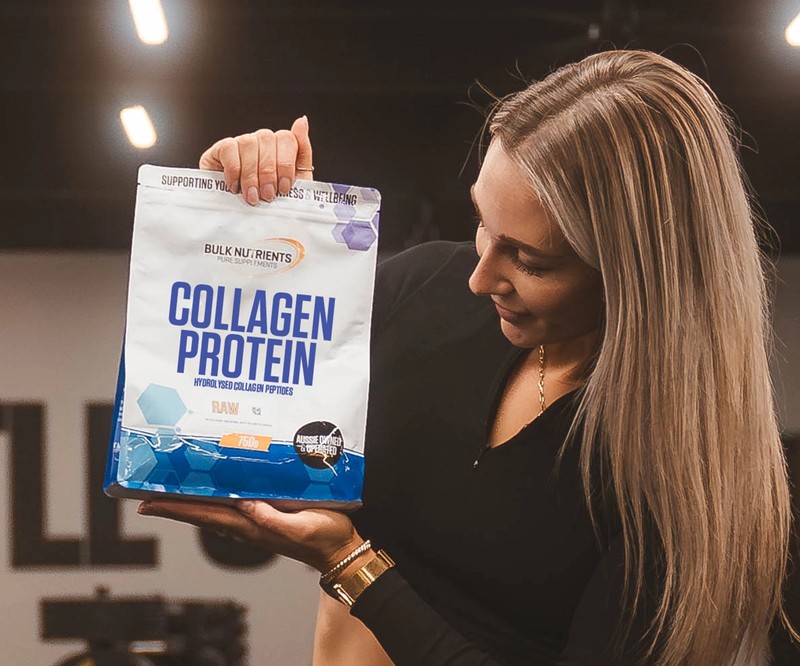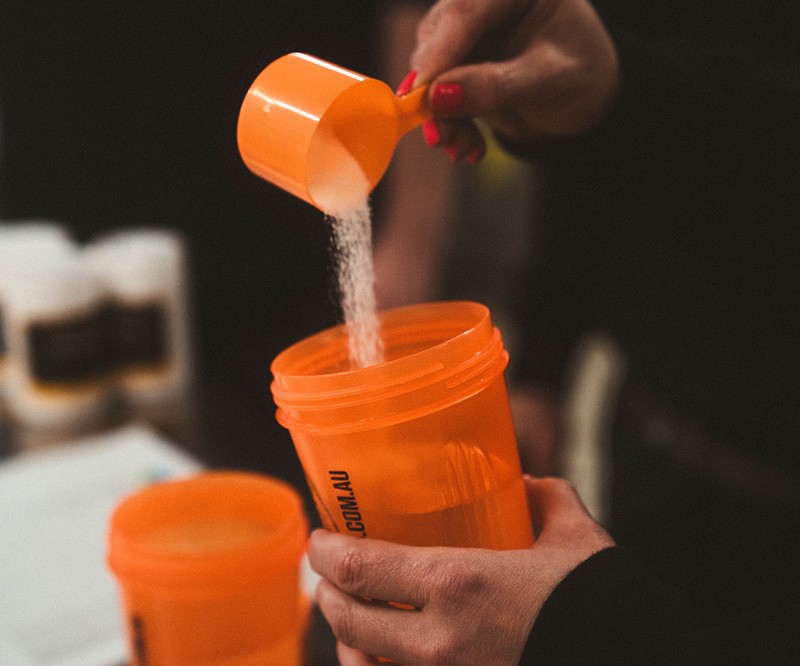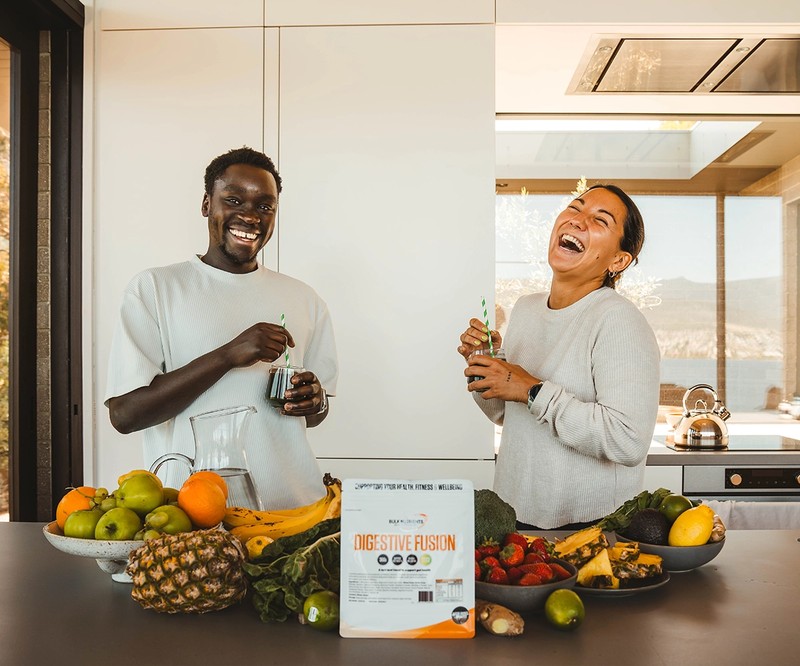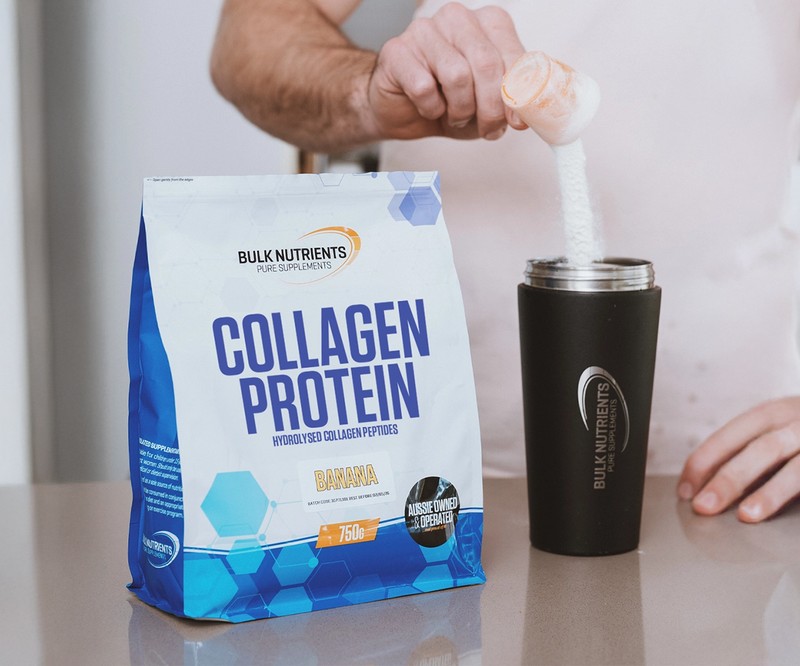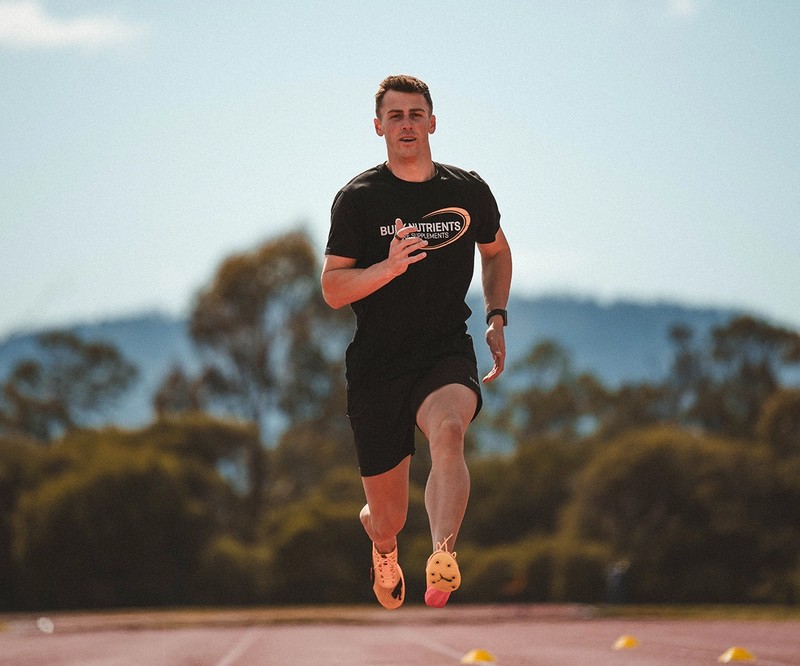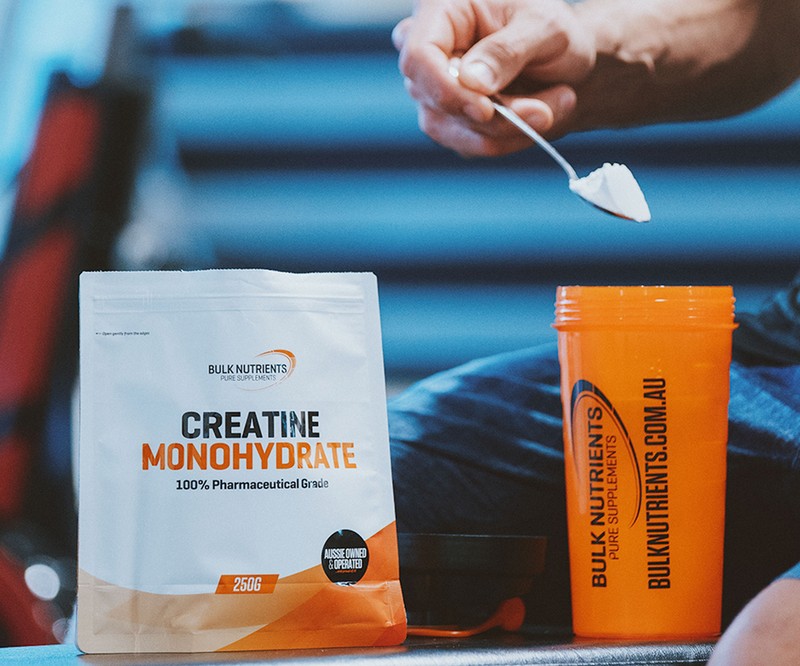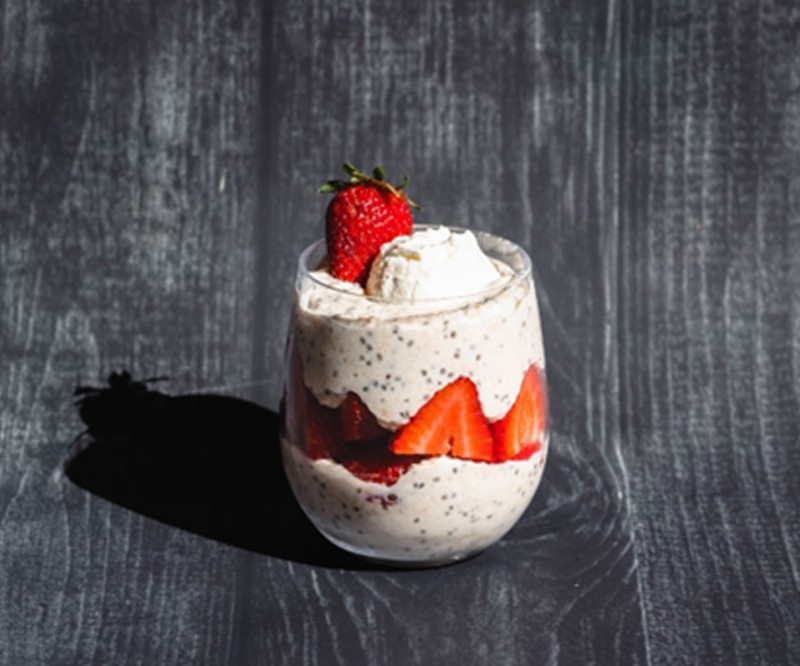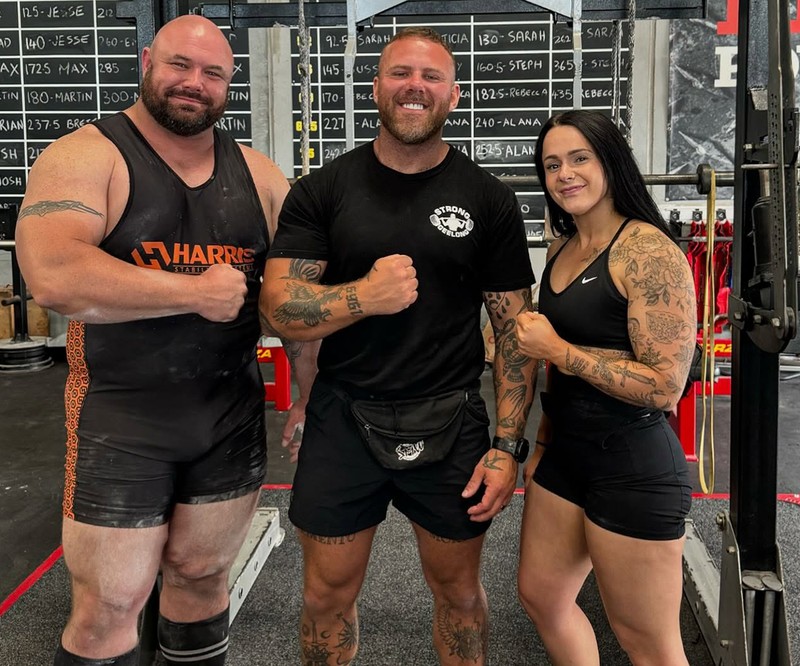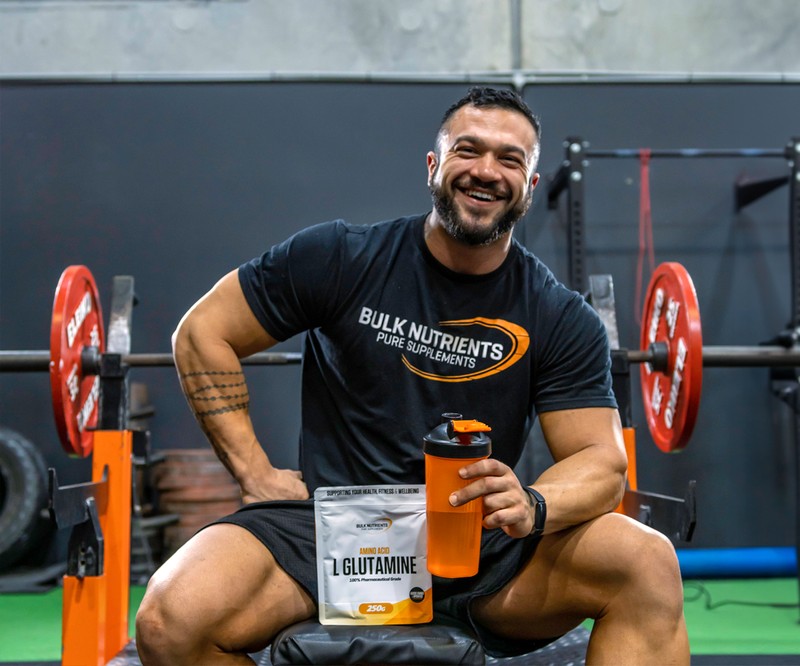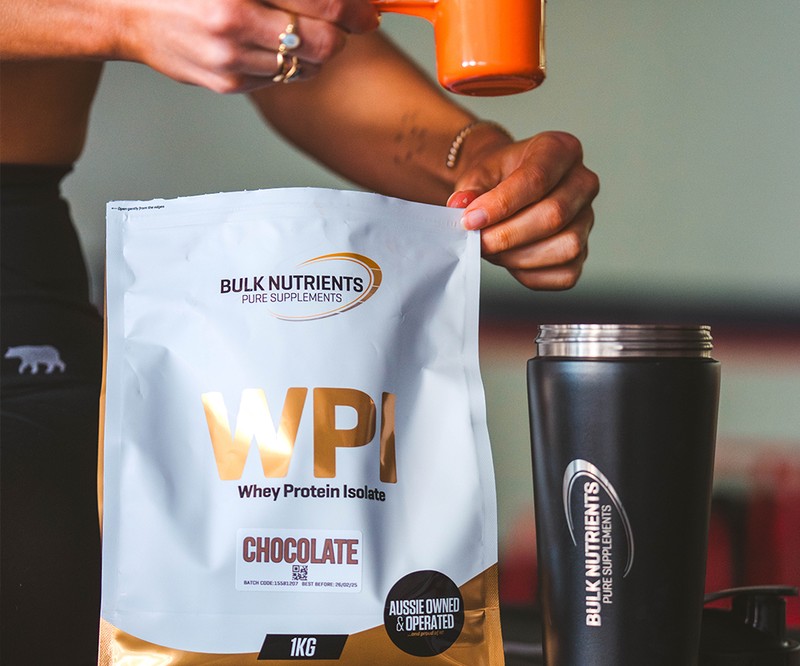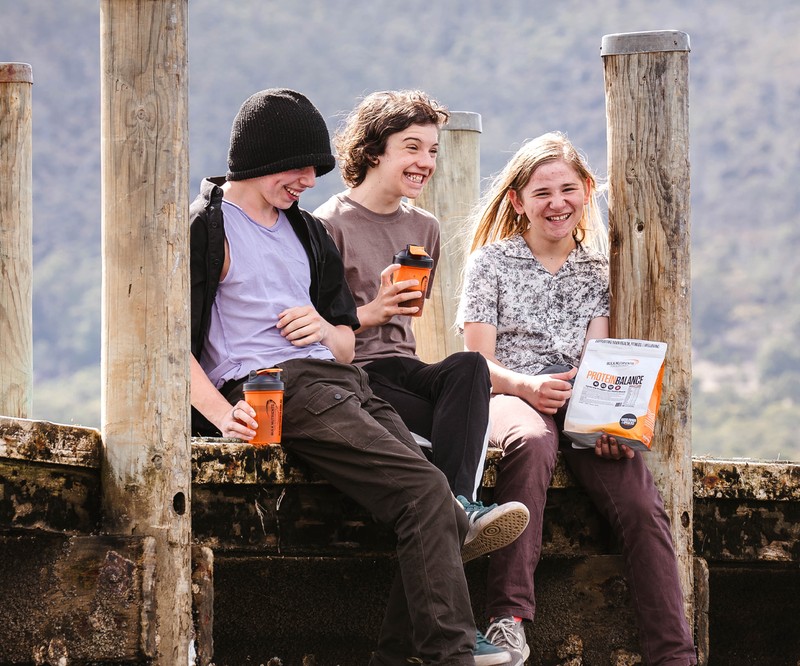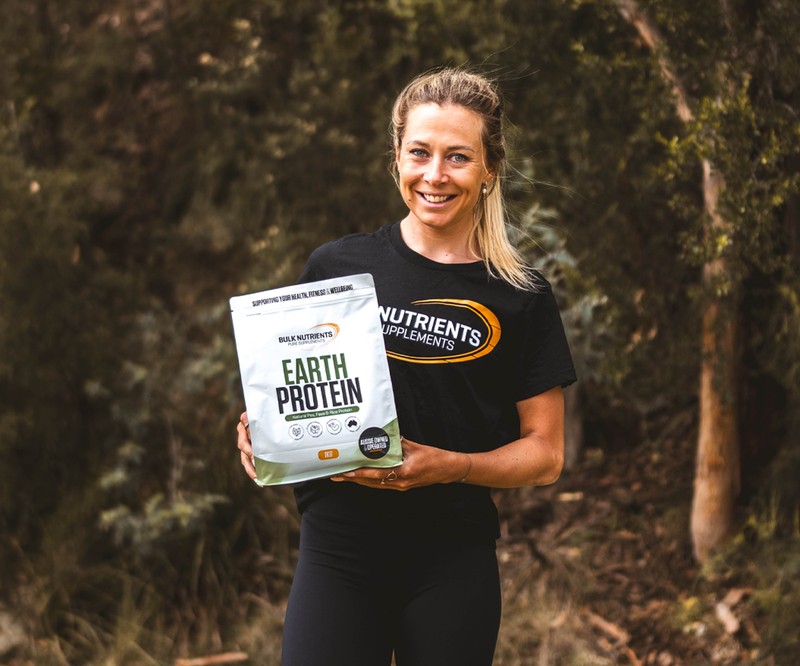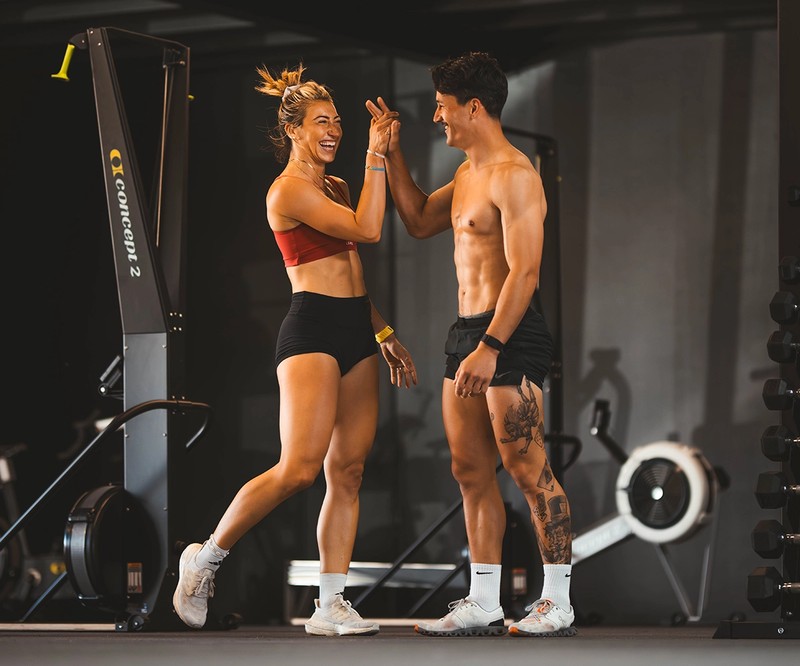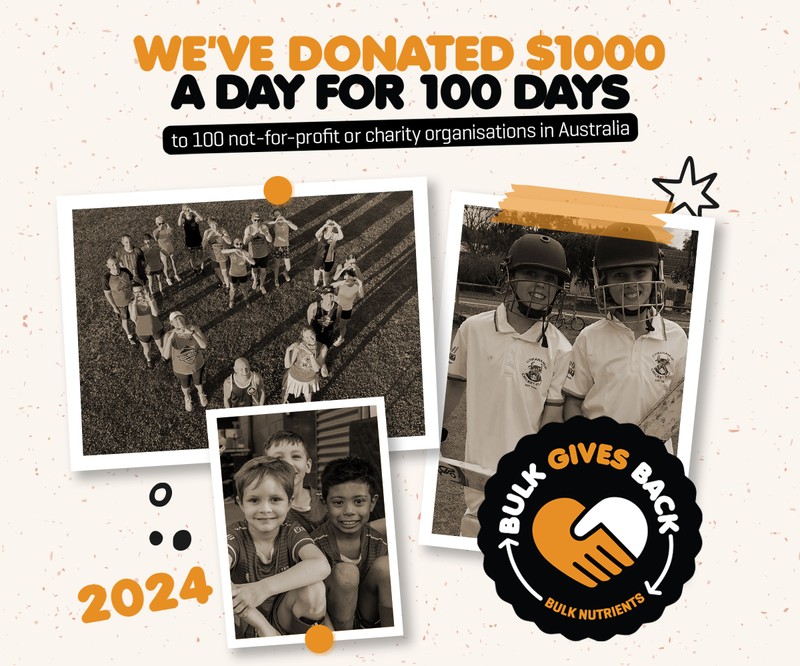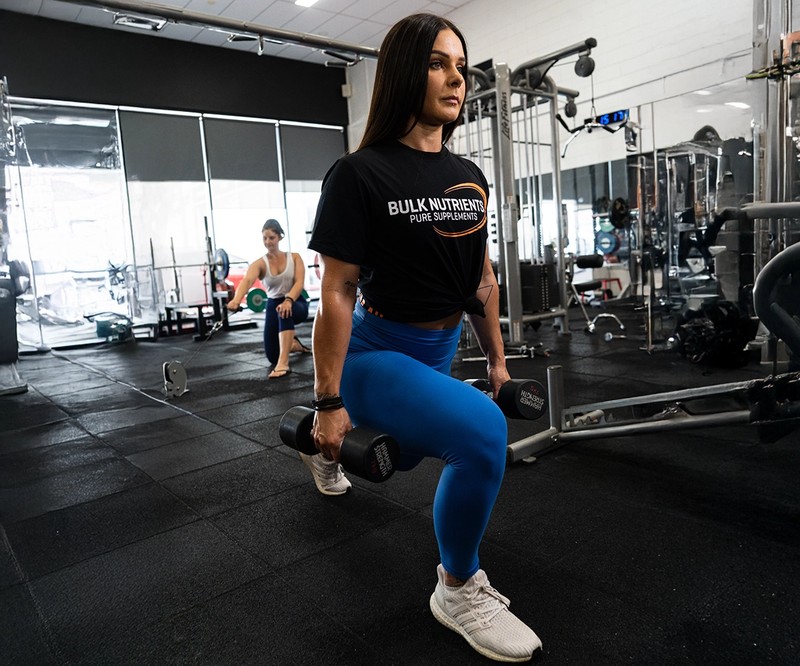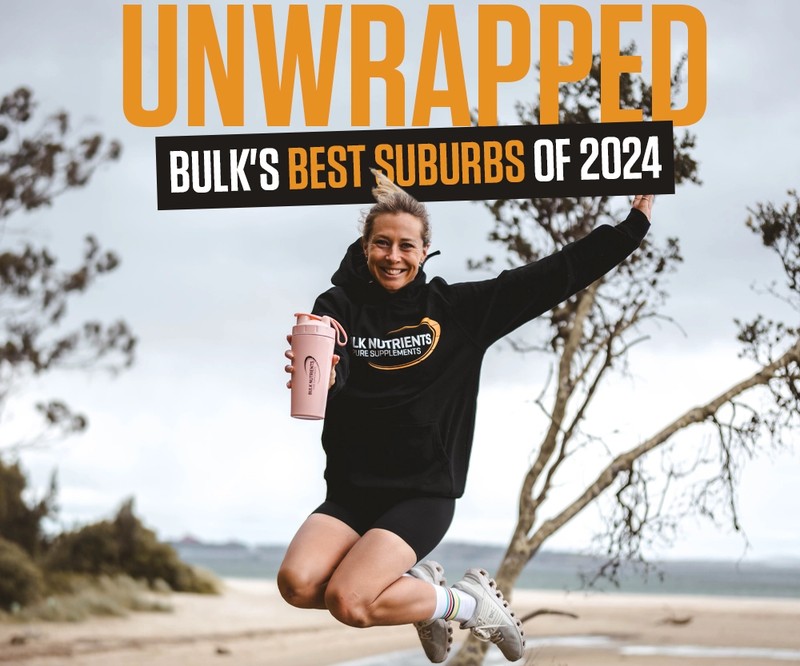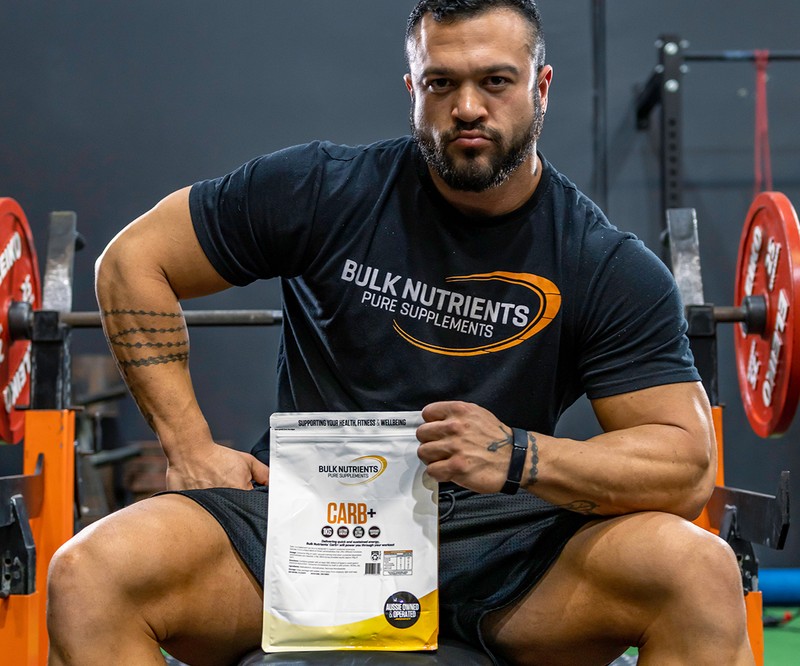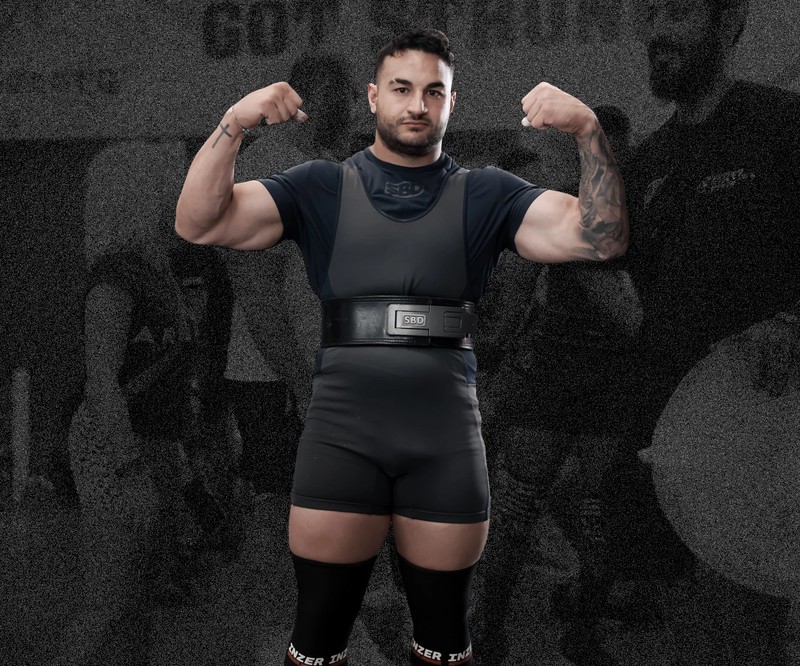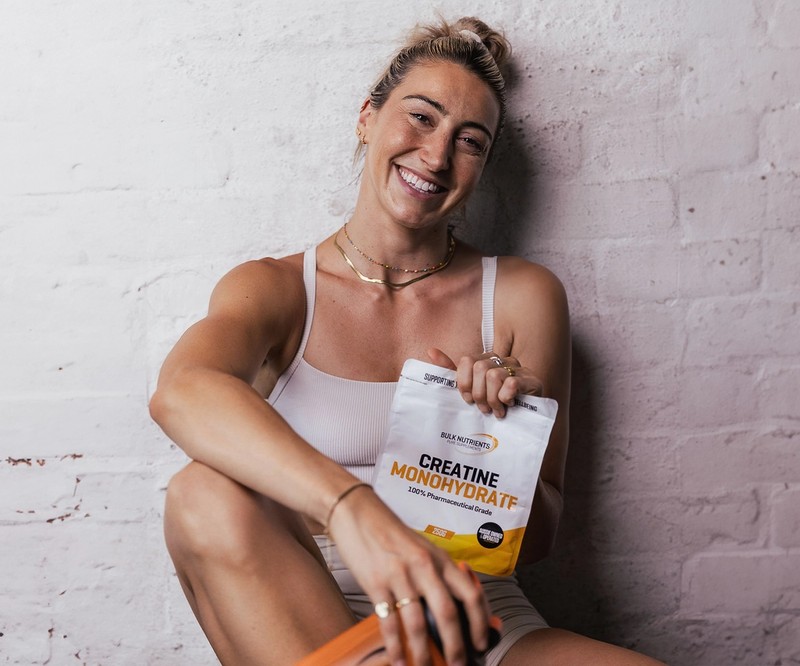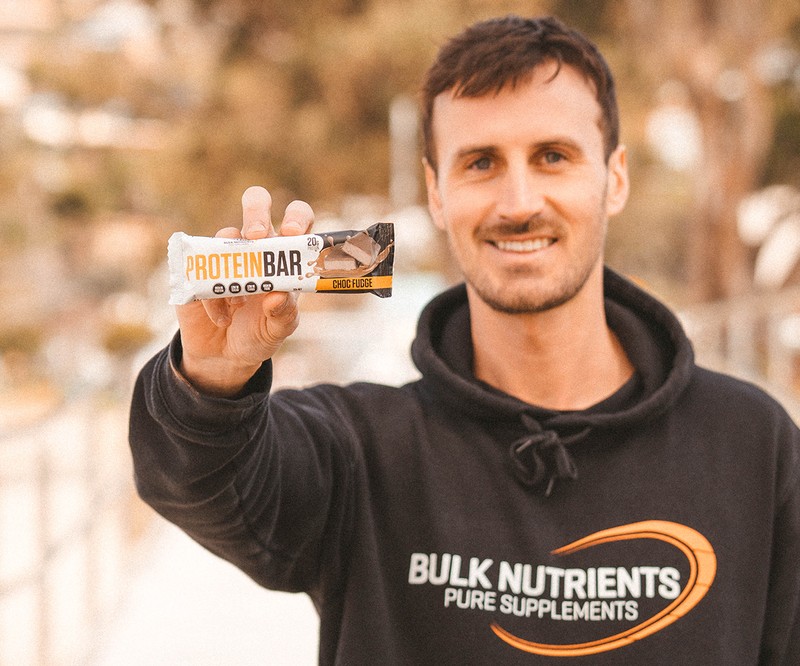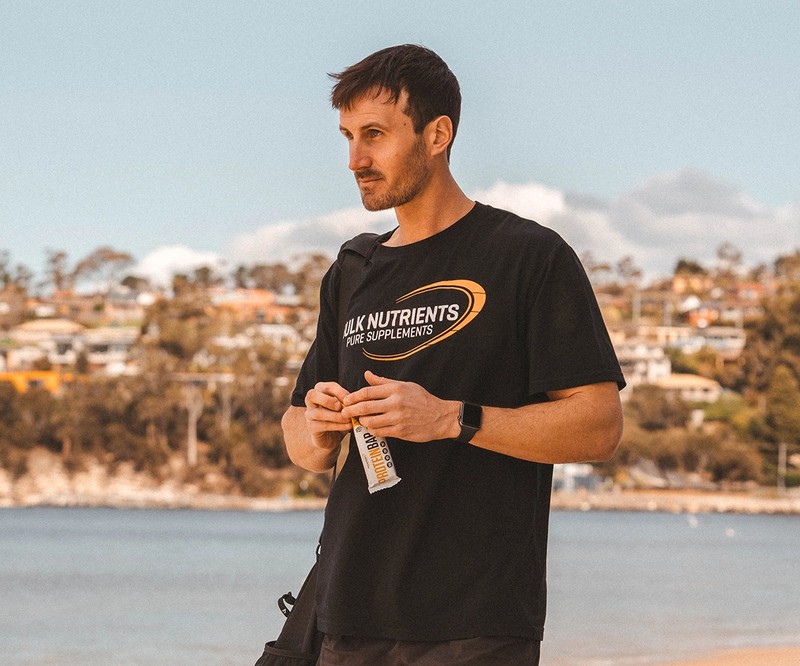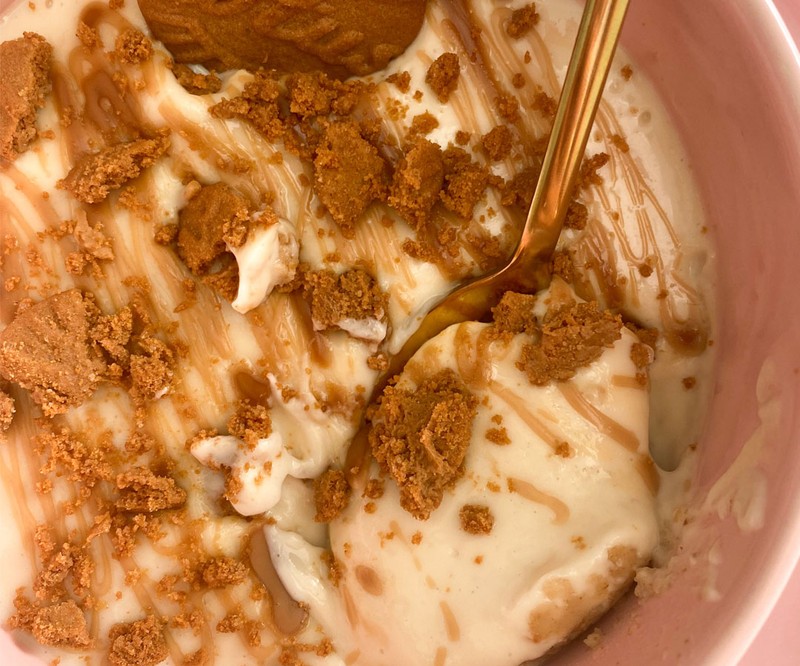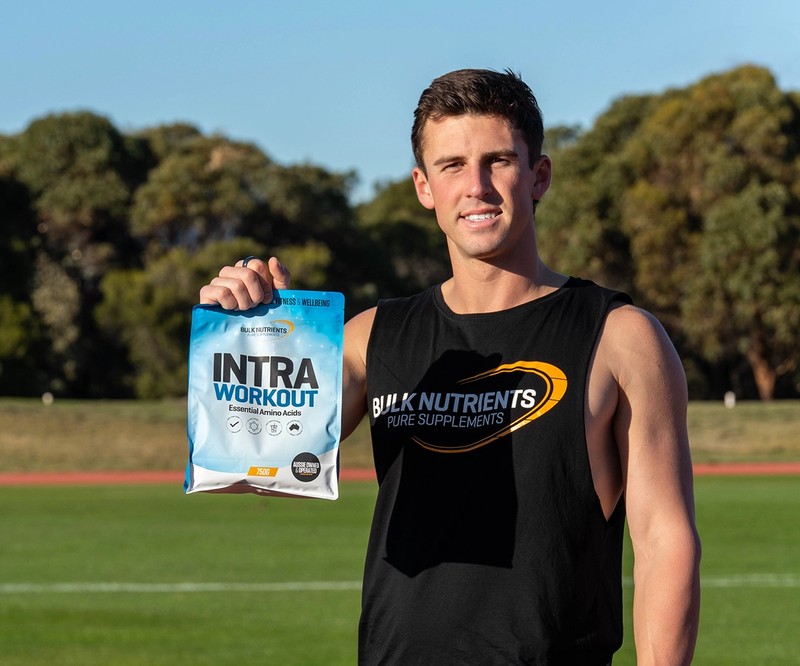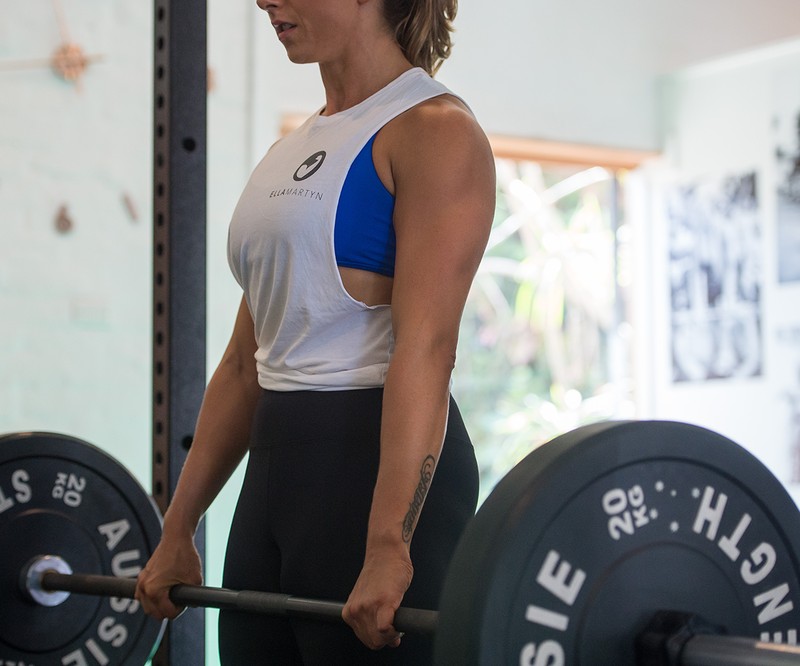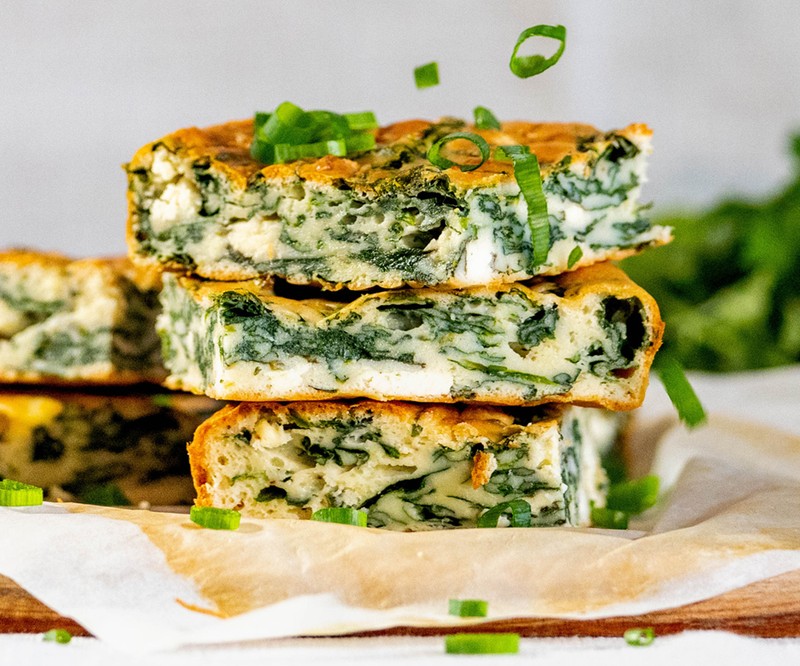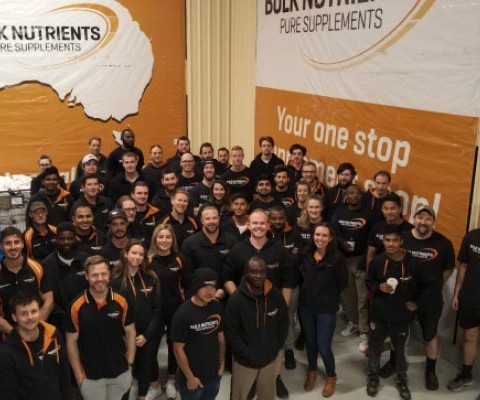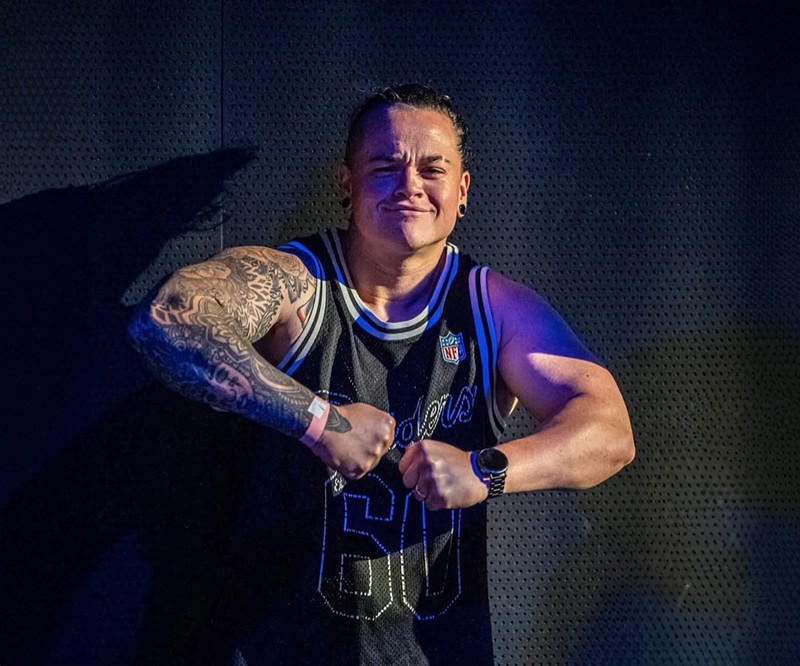How Many Extra Calories Do We Burn on Soft Sand?

Cardio on soft sand
If you've ever tried to run on soft sand, you swear it's tougher than grass or concrete!
And you'd be right...
Research shows that sand running burns 1.6 more calories than running on harder surfaces.
The study authors say this is due to two things:
- The mechanical work done on the sand
- A decrease in the efficiency of positive work done by the muscles and tendons
Moreover, the same study found walking on sand requires 2.1-2.7 times more energy than walking on a hard surface at the same speed.
So, there's no doubt exercising on sand will help you burn more calories.
If you find yourself stalling with your weight loss program, consider some of your cardio sessions at the beach to break your plateau.

Sand running for your joints
The benefits stretch beyond just calories burnt, too!
This study compared the indicators of muscle damage and inflammation via interval running on soft sand and grass.
In a crossover design, 10 well-trained female athletes performed two interval-based running sessions seven days apart on either grass or a sand surface.
The women worked at 83-88% of their maximum heart rate, with the authors concluding:
"These results suggest that in response to a matched-intensity exercise bout, markers of post-exercise muscle damage may be reduced by running on softer ground surfaces."
The authors go on to say that training on softer surfaces like sand can be used to minimise musculoskeletal strain, while still delivering an equivalent cardiovascular training stimulus.
Superior fitness from sand running?
Another study examined sand running against grass running in well-trained female team sport athletes for eight weeks.
They reported that the sand running:
"...can significantly increase the relative exercise intensity and training load, subsequently leading to superior improvements in aerobic fitness."
So, there's no doubt that sand running can increase your fitness. So, if this is your goal, along with ensuring you don't put your body under too much pressure when performing cardio, sand running might just be a top bet.
Whilst it would be beneficial for all populations, there's no doubt the elderly would benefit immensely.
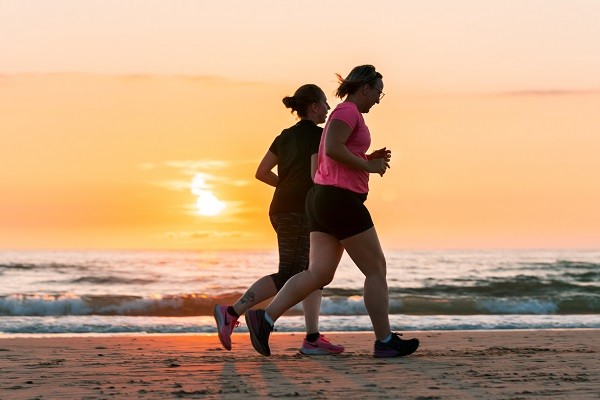
And if it's good enough for Olympians, there's no doubt we can benefit!
The topic of sand running has a special place in Australia's Olympic history, courtesy of a legendary Australian athletics coach from the 1950s and 1960s.
I'm talking about Percy Cerutty, a controversial and hard-nosed legend of Australian sport.

One of his most successful athletes was Herb Elliott, who won the 1960 Olympic gold medal and a world record in the 1,500 and mile.

Sand running has long been a strategy for top athletes of many sports, so there's no doubt we can benefit, too. For example, one study into soccer players found sand sprinting to be very efficient for training purposes.
The study authors concluded that sand sprinting meant athletes could perform maximal intensity sprints with higher energy expenditure, and metabolic power values, without reaching maximum speed and with smaller impact shocks.
This is critical for longevity for not only high-end athletes but for us, too.
The bottom line is that sand running is beneficial on a handful of fronts. For those looking to lose body fat, it burns 1.6 times more calories compared to running on harder surfaces.
Moreover, walking on sand requires 2.1-2.7 times more energy than walking on a hard surface at the same speed.
Training on sand also minimises musculoskeletal strains and smaller impact shocks, whilst allowing for professional athletes to still sprint at maximal intensity, promoting longevity. Research also indicates that running on sand promotes superior improvements in aerobic fitness.
Sand running is beneficial for the whole population, and maybe specifically the elderly, due to the reduction of stress placed on the body in comparison to running on hard services.
References:
- Binnie MJ, Dawson B, Arnot MA, Pinnington H, Landers G, Peeling P. Effect of sand versus grass training surfaces during an 8-week pre-season conditioning programme in team sport athletes. J Sports Sci. 2014;32(11):1001-12. doi: 10.1080/02640414.2013.879333. Epub 2014 Jan 30. PMID: 24479768.
- Brown H, Dawson B, Binnie MJ, Pinnington H, Sim M, Clemons TD, Peeling P. Sand training: Exercise-induced muscle damage and inflammatory responses to matched-intensity exercise. Eur J Sport Sci. 2017 Jul;17(6):741-747. doi: 10.1080/17461391.2017.1304998. Epub 2017 Apr 12. PMID: 28402191.
- Gaudino P, Gaudino C, Alberti G, Minetti AE. Biomechanics and predicted energetics of sprinting on sand: hints for soccer training. J Sci Med Sport. 2013 May;16(3):271-5. doi: 10.1016/j.jsams.2012.07.003. Epub 2012 Aug 9. PMID: 22883597.
- Lejeune TM, Willems PA, Heglund NC. Mechanics and energetics of human locomotion on sand. J Exp Biol. 1998 Jul;201(Pt 13):2071-80. PMID: 9622579.
